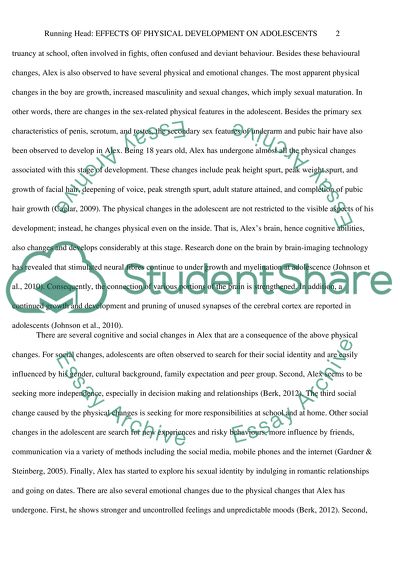Cite this document
(“Developmental Psychology-Adolescence Essay Example | Topics and Well Written Essays - 1000 words”, n.d.)
Retrieved from https://studentshare.org/psychology/1488928-developmental-psychology-adolescence
Retrieved from https://studentshare.org/psychology/1488928-developmental-psychology-adolescence
(Developmental Psychology-Adolescence Essay Example | Topics and Well Written Essays - 1000 Words)
https://studentshare.org/psychology/1488928-developmental-psychology-adolescence.
https://studentshare.org/psychology/1488928-developmental-psychology-adolescence.
“Developmental Psychology-Adolescence Essay Example | Topics and Well Written Essays - 1000 Words”, n.d. https://studentshare.org/psychology/1488928-developmental-psychology-adolescence.


